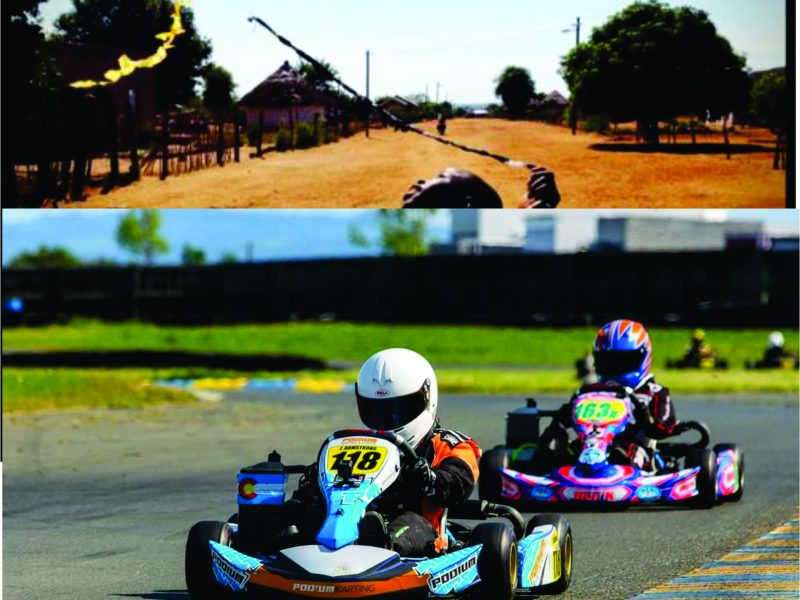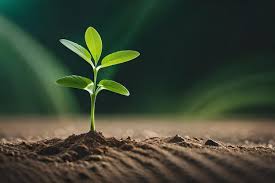Uncle, tell us a story!
In the timeless art of flying kites, there’s a simplicity that spans back to an era, our era of teenage epoch where the wind dictated our highs and lows. The gentle pull of the string connected us to nature, and each ascent was a triumph of patience and skill. Meanwhile, in this tranquility, loads of limitations appeared like oil on water – for instance this adventure is weather-dependent, plus on a bad day we battled with tangled string acting as a reminder that progress, like a free-flying kite, wasn’t always smooth. So, my teenage friends would you like to fly a kite?
Hell no! As if it was an orchestra dolling out their rehearsed song, and before I could ask for their alternative, one said we rather go karting…
Fast forward to the high-octane world of go-karting, where the roar of engines replaced the whispers of the kiting breeze. Technological leaps have elevated the thrill, offering speeds and precision unimaginable in kite-flying days. The exhilaration of zipping around a track provides an instant adrenaline fix, but the price of progress includes the environmental footprint and the risk of losing touch with the slower, simpler joys of yesteryears.
In the dance between these two generations, the pros and cons unfold like a tale of contrasts. The kite, a symbol of tradition, embodies patience, simplicity, and a connection to nature. Its limitations serve as a reminder of the beauty found in the unhurried pace of life but also affords the opportunity of doing it ourselves…
On the flip side, the go-kart symbolizes the modern era’s need for speed, excitement, and cutting-edge technology. The rush of wind against your face and the adrenaline surge are undeniable perks, but the environmental impact and potential detachment from nature cast an annoying shadow on the track.
As we navigate this journey through time, it’s not about choosing one over the other. Instead, it’s an invitation to savor the beauty of both worlds – to fly a kite in the gentle breeze and feel the thrill of go-karting on the fast track. Each has its place, and perhaps, in embracing both, we find a harmonious balance between tradition and progress, simplicity and speed.
Traditional printing methods, like offset or screen printing, often involve time-consuming setup, high costs for small print runs, and limited customization. In contrast, modern digital printing offers quicker turnaround, cost-effective short runs, and greater flexibility for personalized content. However, traditional methods may still excel in certain areas, like large-scale production with consistent quality. The shift to technology brings efficiency but may sacrifice some craftsmanship associated with traditional printing.
Traditional Printing:
Imagine a local newspaper using offset printing. To update content or fix errors, they need to make new plates, incurring time and costs. The large volume of prints compensates for initial setup expenses, but customization is limited. Or looking critically at the challenges of screen-printing picture realistic images, just put this in mind as we try to strike the undeniable effective balance.
Technologically Advanced Printing:
Now, picture a print-on-demand service using digital technology. An author can order a small batch of personalized books without high setup costs for a small room read analysis for a dedicated audience. The flexibility allows for quick updates, catering to niche audiences efficiently. the same way to meet the growing demand of e-commerce buying and selling the traditional method will just not cut it.
In summary, traditional printing will continue to suit mass production, while advanced methods conveniently offer cost-effective, customizable solutions with rapid turnaround for smaller runs which happens to be at the top of hierarchy of needs of today print buyers, and this is particularly due to the present economic realities.
In the tale of combining the old and the new, a narrative unfolds where the wisdom of the past harmonizes with the possibilities of the future, creating a dynamic story of continuity and evolution…
Now who is afraid of evolving? It is not the fearless, but the courageous, who embrace the transformative power of change, who then benefits from the pros of both extremes. And indeed, printing is changing very fast hence a need for a more constructive hybrid thinking. In conclusion, it is not the case of putting an old wine in a new wine skin but of having the options of savoring the taste of both the old and new wine…




